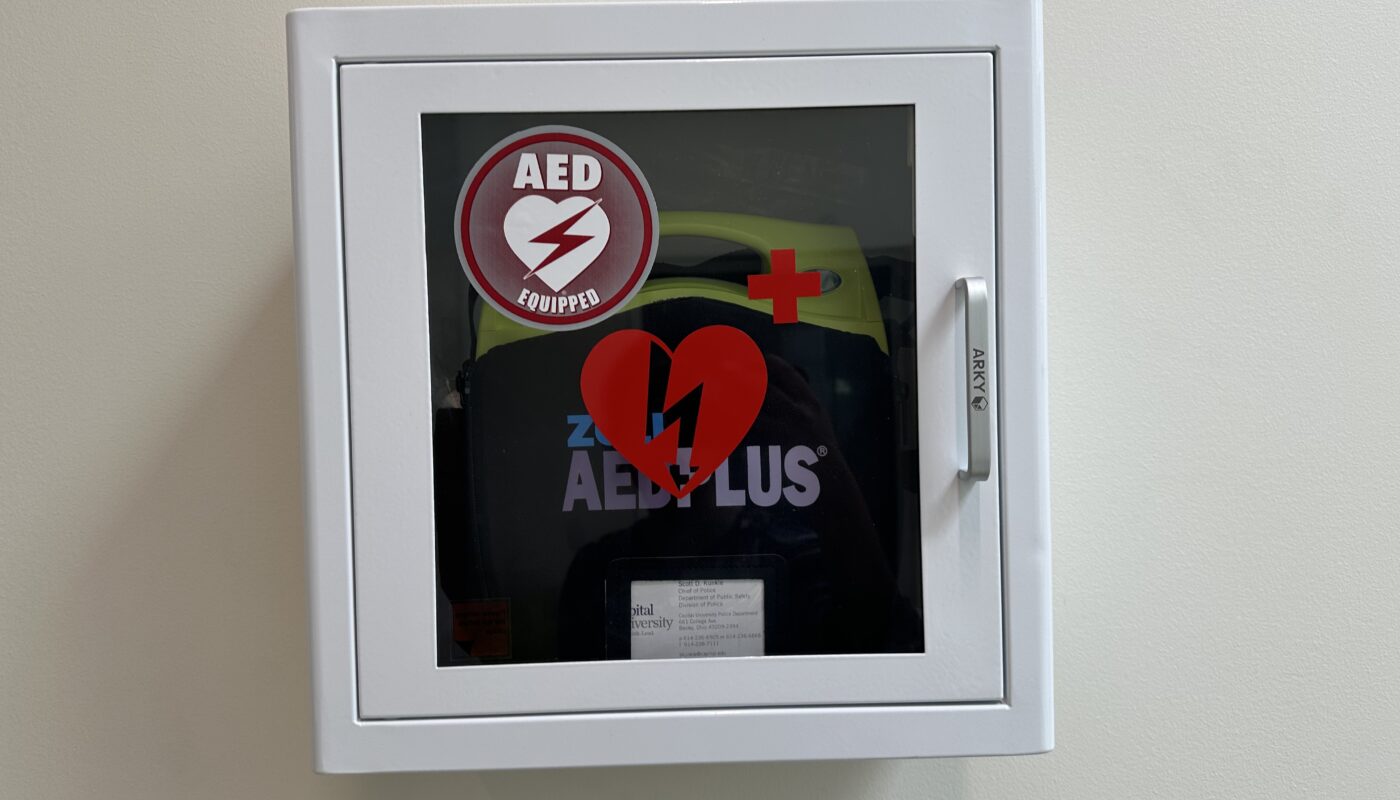The university has recently upgraded its automated external defibrillator (AED) machines this year. The previous machines were about 10-15 years old and made obsolete with parts that could not be replaced anymore.

According to the Mayo Clinic, AED machines are used to help revive someone who has suffered from sudden cardiac arrest, a dangerously irregular heartbeat that eventually prevents the heart from pumping, cutting off oxygen and blood flow.
Chief of Public Safety Scott Kunkle said the machines were put in place for precautionary measures so the university can be prepared when necessary.
“[We] hope we don’t have to use them, but just in case, we have them there,” said Kunkle. “For example, we have huge Christmas concerts here [and] other concerts. We have a lot of people in the Student Union eating lunch, and [we have] the workout facilities. So it’s nice to have them in those buildings in case we need them.”
The new and upgraded AEDs have a longer lasting battery life of up to five years and are smaller in size. They also have automated instructions on how to use them.
Kunkle said the machines are available for use by anyone regardless if they received training on them or not.
“If they [people] are not trained on them, you can still use them, and they [AED machines] can walk you through step by step,” said Kunkle.
The university has spent around $15,000 on the machines altogether and have implemented 15 machines across campus. 10 have been replaced and five additional machines were added to buildings that did not have them before.
Kunkle said there is a new machine in the Conservatory of Music, Trinity Lutheran Seminary, Yochum Hall, the Student Union, Blackmore library, Ruff Learning Center, the Convergent Media Center and two in each Public Safety cruiser.
The Capital Center has three machines, which is more than the other buildings, because trainers need them for athletes, as they are likely to need more support than the average person to play properly “on the field” for events like “away games.”
Kunkle encourages everybody to receive training in CPR and AED usage because “it’s good to know for everybody.”
“Red Cross will offer [free training], sometimes Capital will,” said Kunkle. “You just got to look around.”
For information about the step-by-step process on proper handling of AEDs, visit the Red Cross website.


